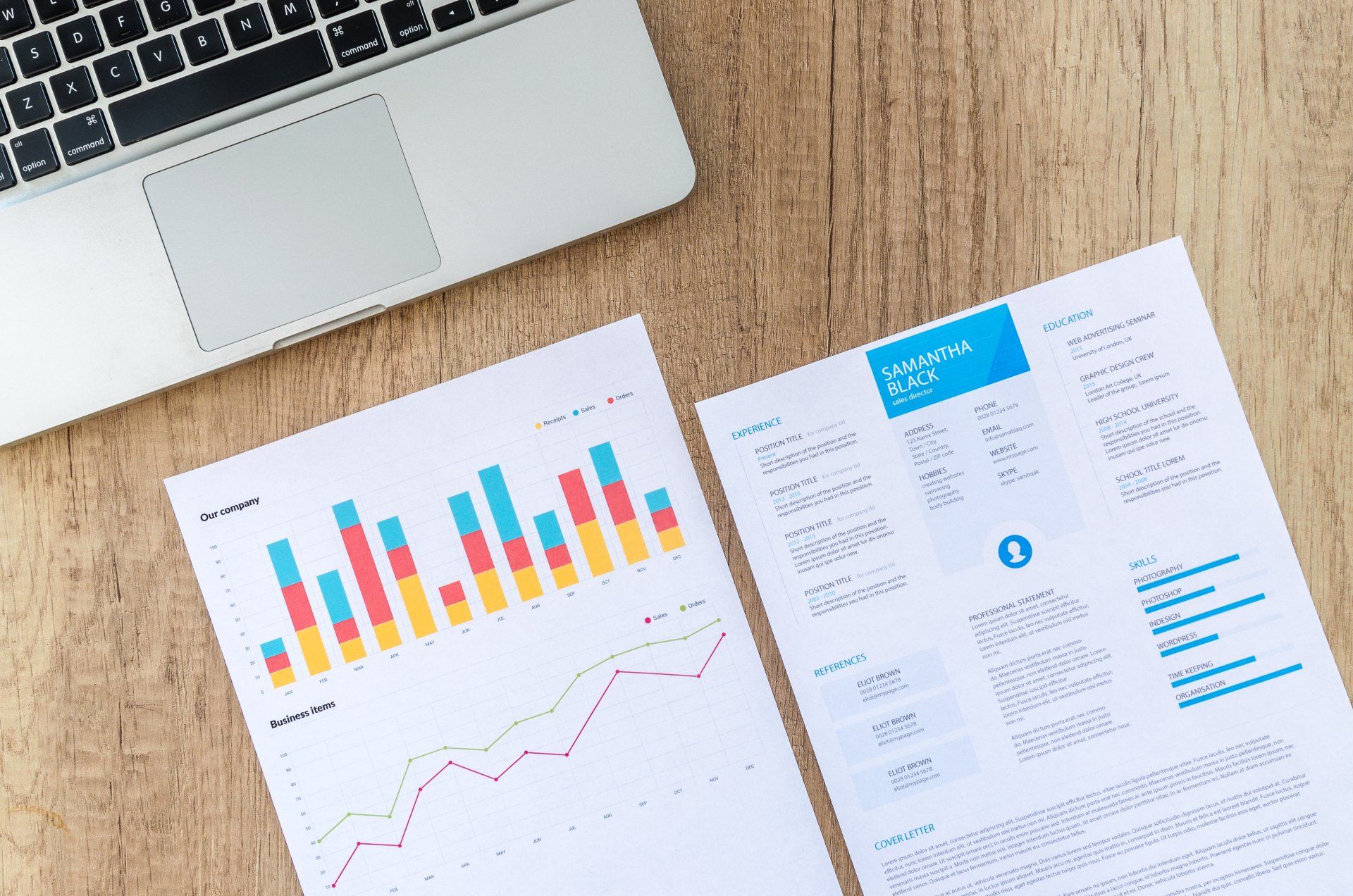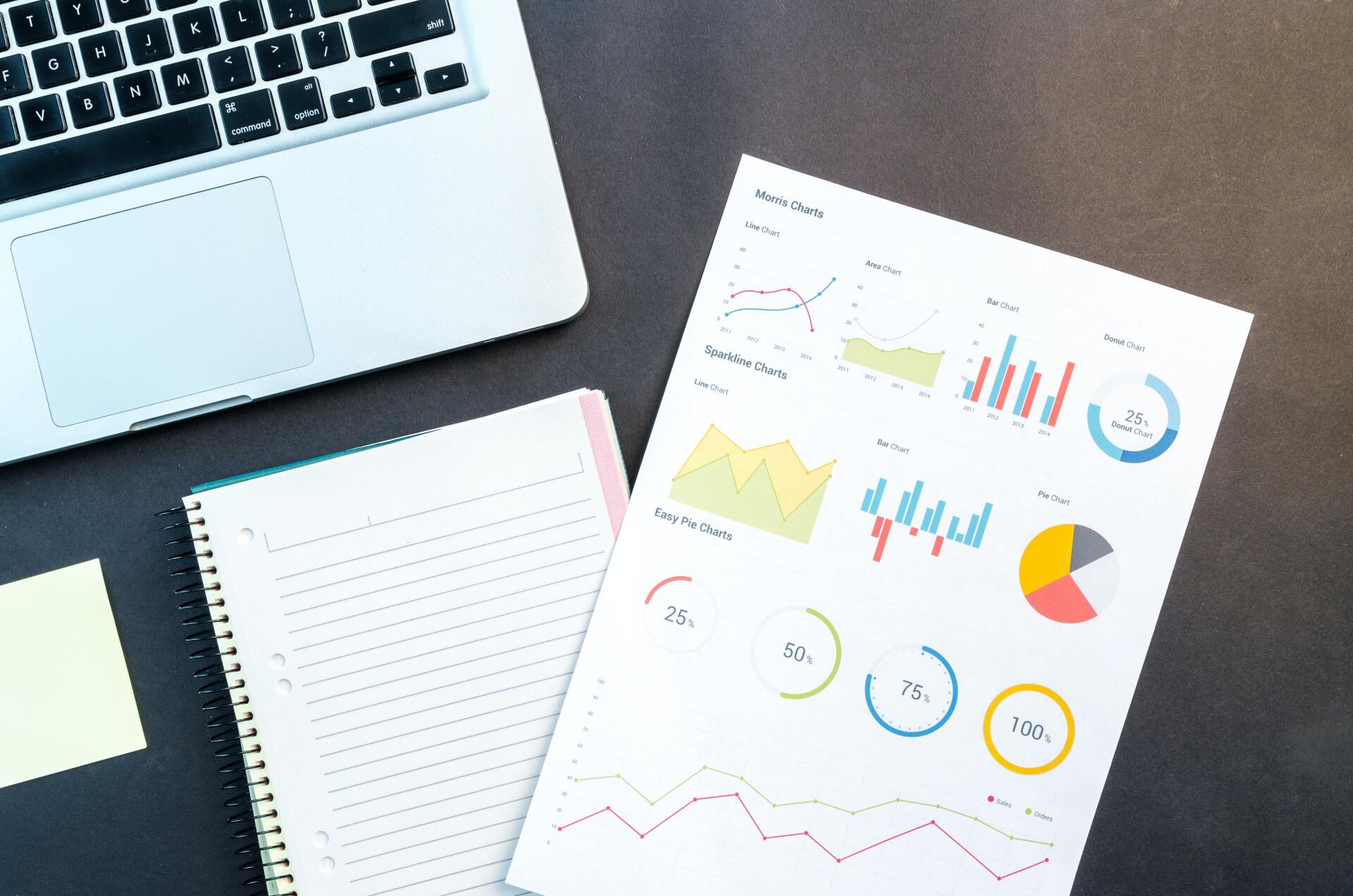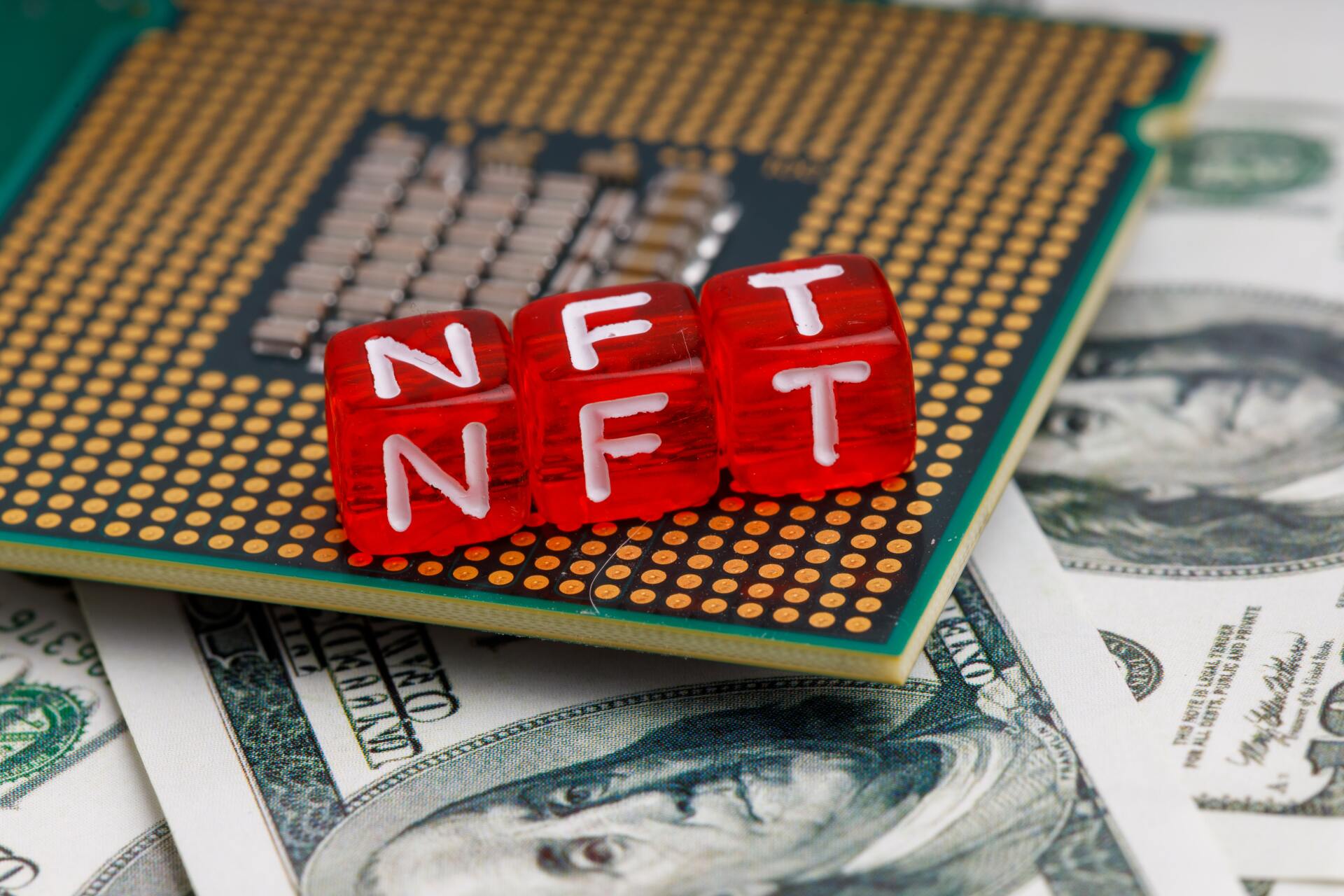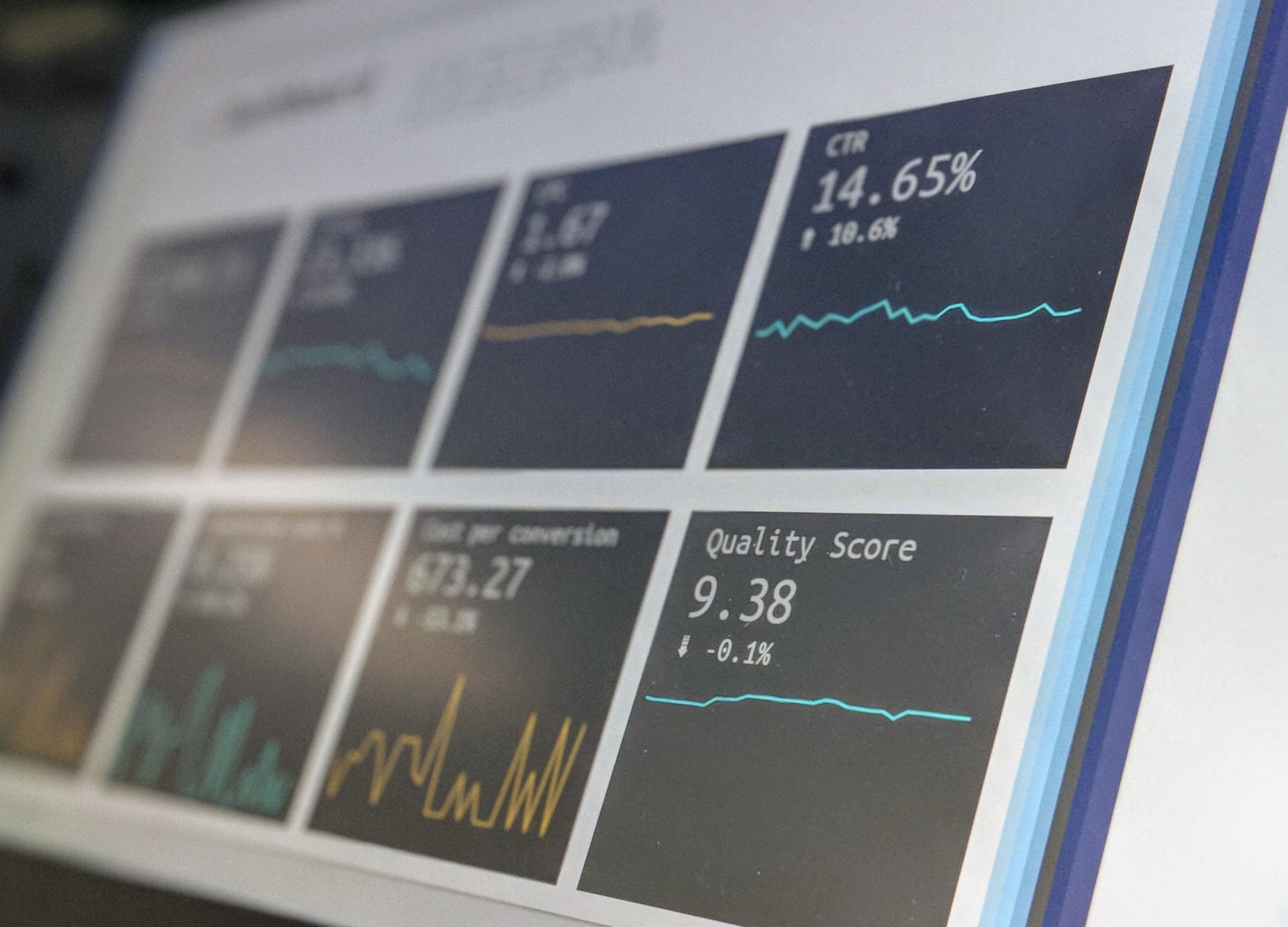Volatility Index
Have you heard of the Volatility Index before?
Though it is impossible to perfectly predict the stock market, there is a tool that many have successfully used for just that purpose..The Volatility Index (VIX), created by the Chicago Board Options Exchange (CBOE), can help you read and interpret market movements and patterns. It measures expected price movement (also called implied volatility) by tracking general investor sentiment. By taking into account the general outlook of investors, the VIX can be a useful tool in predicting major sell-offs. A sell-off is when a substantial number of investors sell a specific stock, which can drive stock prices down. Because it measures feelings among investors, the VIX is also frequently referred to as the ‘Fear Index.'The VIX number is calculated, without diving too much into the complicated calculations, by looking into the averages of certain options of the Standard & Poor's Index (S&P 500). The S&P 500 is the index of the largest 500 companies in the United States, such as Apple, Microsoft, etc.When the share price of the VIX spikes, it is often indicative of a major sell-off already in motion, or soon to come. It is important to realize that the VIX is imperfect, as spikes in the share price are not always correlated with events that drive stock prices down. That being said, it is a powerful tool for those who know how to use it.

Now that we know the importance of VIX, let's talk about how to read the VIX number. In the image above you see the number 21.08. This represents the percentage of change we are expected to see in the market. This does not mean that the market will increase by 21.08% for certain or lower by the same amount rather it means that it could do either. So from this we can expect that the market will change by +/- 21.08% over the period of one year.
if we wanted to look at change over a specific period of time, here are three ways we can do that.
Over a period of a month, take the VIX number divided by the square root of 12 because there is 12 months in a year.
Example: 21.08 / square root(12) = +/- 6.09%
Over a period of a week, take the VIX number divided by the square root of 52 because there is 52 weeks in a year.
Example: 21.08 / square root(52) = +/- 2.92%
Over a period of a day, take the VIX number divided by the square root of 252 because there are 252 trading days in a year, which is why we do not use 356 days.
Example: 21.08 / square root(252) = +/- 1.33%
By relying on the VIX, you essentially have access to the attitude and sentiment of other investors. Investors who are experienced and make a living at understanding the trends and flow of the market. So, if you want to get an understanding of the current state of the stock market then learn to understand the VIX.











